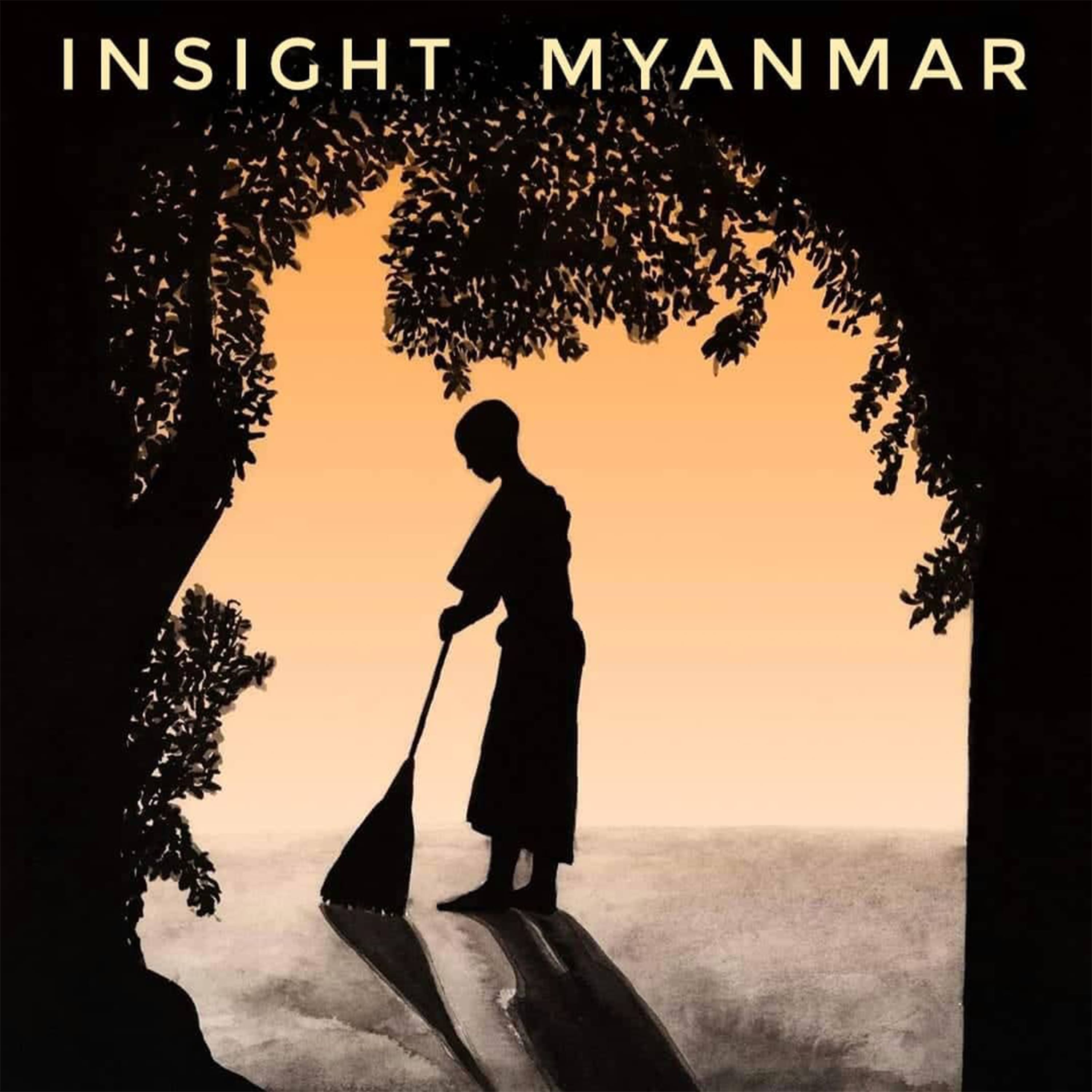- After-Shows
- Alternative
- Animals
- Animation
- Arts
- Astronomy
- Automotive
- Aviation
- Baseball
- Basketball
- Beauty
- Books
- Buddhism
- Business
- Careers
- Chemistry
- Christianity
- Climate
- Comedy
- Commentary
- Courses
- Crafts
- Cricket
- Cryptocurrency
- Culture
- Daily
- Design
- Documentary
- Drama
- Earth
- Education
- Entertainment
- Entrepreneurship
- Family
- Fantasy
- Fashion
- Fiction
- Film
- Fitness
- Food
- Football
- Games
- Garden
- Golf
- Government
- Health
- Hinduism
- History
- Hobbies
- Hockey
- Home
- How-To
- Improv
- Interviews
- Investing
- Islam
- Journals
- Judaism
- Kids
- Language
- Learning
- Leisure
- Life
- Management
- Manga
- Marketing
- Mathematics
- Medicine
- Mental
- Music
- Natural
- Nature
- News
- Non-Profit
- Nutrition
- Parenting
- Performing
- Personal
- Pets
- Philosophy
- Physics
- Places
- Politics
- Relationships
- Religion
- Reviews
- Role-Playing
- Rugby
- Running
- Science
- Self-Improvement
- Sexuality
- Soccer
- Social
- Society
- Spirituality
- Sports
- Stand-Up
- Stories
- Swimming
- TV
- Tabletop
- Technology
- Tennis
- Travel
- True Crime
- Episode-Games
- Visual
- Volleyball
- Weather
- Wilderness
- Wrestling
- Other
Jonathan Crowley, Part 2
Episode #176: Jonathan Crowley's journey into meditation at Dhamma Dhara was both fascinating and fulfilling. As he immersed himself in vipassana meditation in the tradition of S.N. Goenka, he discovered a deeper understanding of the practice, and himself, along with the joy of serving as a volunteer. However, learning how to integrate his newfound wisdom into everyday life posed challenges, compounded by the fact that at this time in the 1980s, meditation was still considered fringe and largely outside the bounds of conventional society.Still, Jonathan pondered how vipassana meditation could impact society and bridge the worlds of introspection and social change. Around this time, the center was organizing courses for traumatized Cambodian refugees who had escaped the Pol Pot regime and were being relocated in Massachusetts. While these initiatives brought the world to the center, Jonathan still yearned to find a way to bring the center into the world.
An opportunity arose when he accompanied Bruce Stewart, a senior teacher, to a maximum-security prison in Alabama, where they were allowed to conduct an intensive meditation course for inmates. While it was a transformative experience at the time, later Jonathan would reflect upon his racial naiveté and how he had positioned himself into a role as a “White savior.”
Increasingly concerned about the lack of diversity within the organization's leadership, Jonathan advocated for targeted courses for Black communities and tracking retention rates by demographics, but the center showed little interest.
Earlier in his practice, Jonathan had been deeply moved by how Goenka attempted to universalize the technique, proclaiming that “breath is breath,” and explaining that it couldn’t be differentiated according to nationality, religion or skin color. But Jonathan was beginning to see that there was more to this story than this universalist-sounding messaging. “I understand structural racism as intergenerational trauma,” he notes. “So now, I would say that even our breaths and our sensations are conditioned by this level of trauma, and that has to be addressed.”

